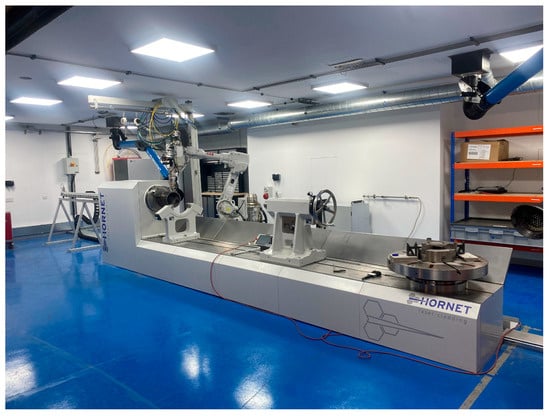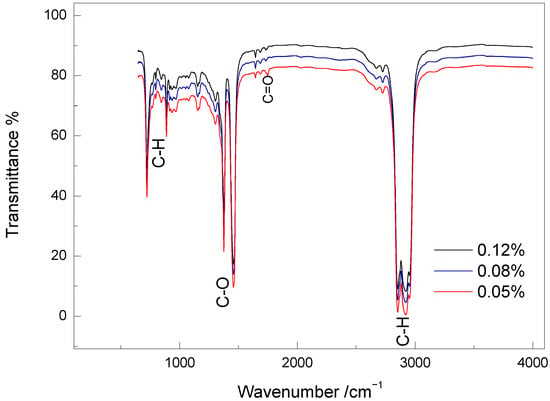- Article
Corrosion of Carbon Steel and Extra High-Speed Laser Application Clad Materials in Superheated H2O Containing CO2 and H2S
- Andri Isak Thorhallsson,
- Erlend Oddvin Straume and
- Tomaso Maccio
- + 4 authors
Currently, there are several deep drill geothermal projects that aim to discharge superheated or supercritical geothermal fluid for sustainable power production. In geothermal power utilisation, the well casing steel and surface equipment is susceptible to corrosion due to corrosive species in the geothermal fluid. The temperature and the phase state of the fluid greatly affect the extent and the forms of corrosion that can occur. To mitigate corrosion damage in the casing and surface equipment, the recently developed production method Extra High-speed Laser Application (EHLA) cladding is proposed as a solution. To simulate application of carbon steel and EHLA clads in superheated geothermal wells, the materials were tested in a superheated steam containing CO2 and H2S at 450 °C temperature and 150 barG pressure. Microstructural and chemical analysis was performed with SEM, EDX and XRD, and corrosion rate was analysed with the weight loss method. The carbon steel was prone to corrosion with a double corrosion layer but the corrosion of the EHLA clads was insignificant. The results show that the EHLA clads tested have good corrosion resistance in the test environment, and the study can aid in the selection of casing and clad materials for future deep geothermal wells. Furthermore, this study shows that the EHLA clads increase the variety of corrosion mitigation solutions for future geothermal projects.
19 December 2025






